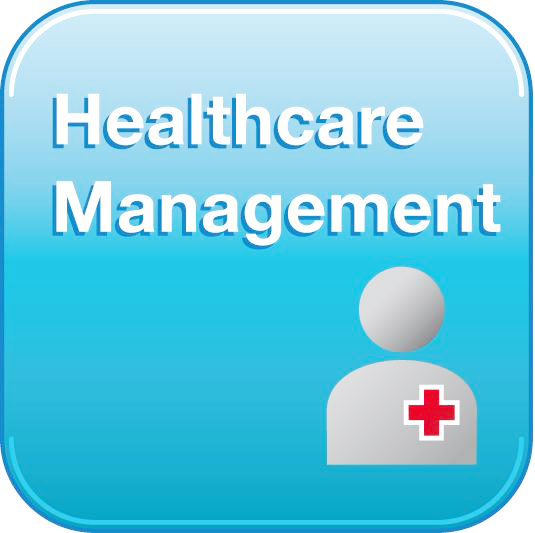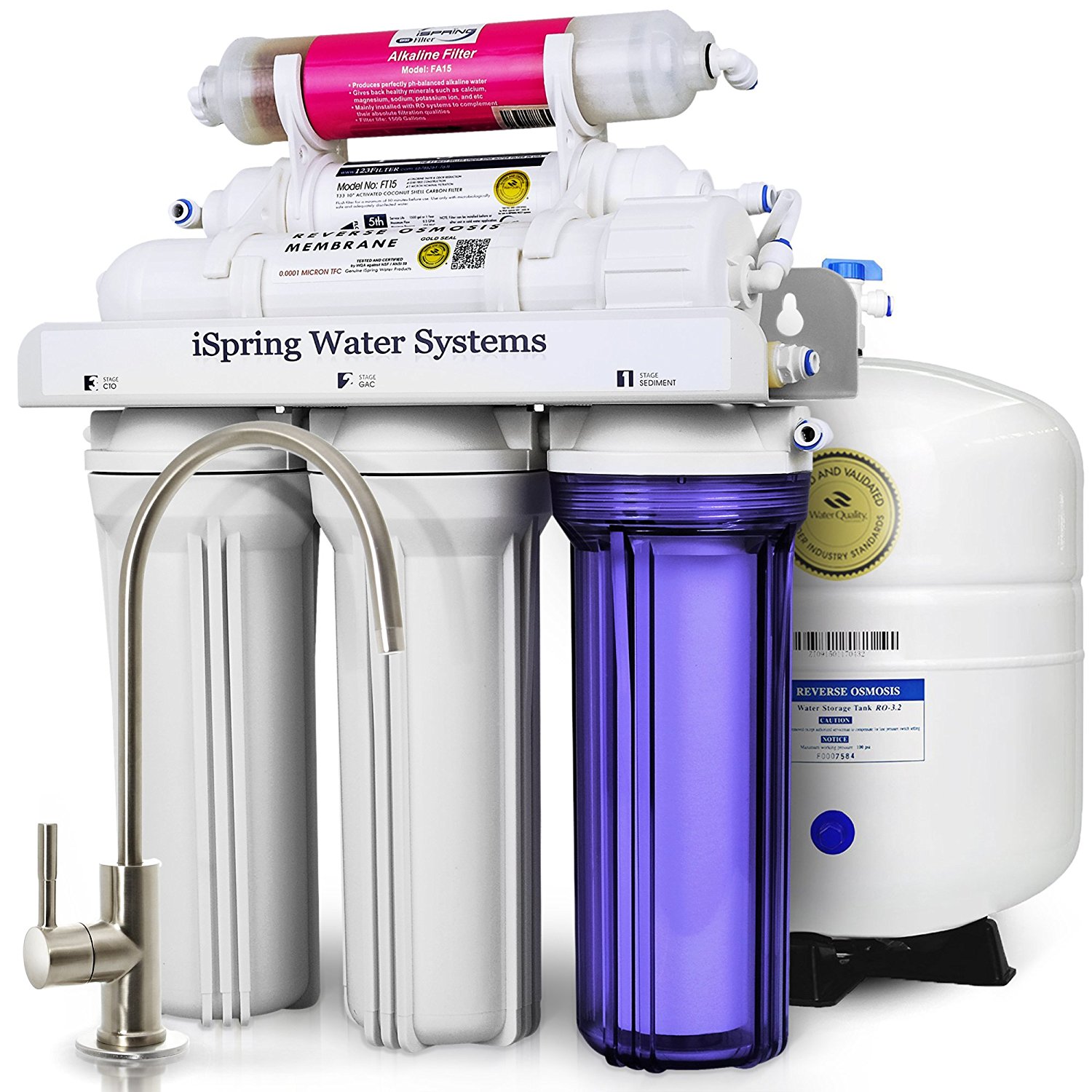
Content
Healthcare System Structure
- Private and Public Mix: The U.S. healthcare system is a unique mix of private and public sectors. While many other countries rely primarily on government-funded healthcare, the U.S. combines private insurance companies with public programs like Medicare and Medicaid. This hybrid model creates a complex and often fragmented healthcare landscape.
- Insurance-Based System: In the U.S., most individuals obtain health insurance through their employers. Those who are unemployed or work in jobs without health benefits often rely on government programs or purchase insurance through the Health Insurance Marketplace established by the Affordable Care Act (ACA).
- Role of the Government: Programs like Medicare, which serves seniors and certain disabled individuals, and Medicaid, which assists low-income families, play significant roles in providing coverage. Despite these programs, there remains a substantial portion of the population that is uninsured or underinsured.
Cost of Healthcare
- High Expenditure: The U.S. spends more on healthcare per capita than any other country. This high expenditure is due to various factors, including advanced medical technologies, high administrative costs, and the fee-for-service model that incentivizes volume over value.
- Out-of-Pocket Expenses: Even with insurance, out-of-pocket expenses for patients in the U.S. can be substantial. These include deductibles, co-pays, and costs for services not covered by insurance. High costs can deter individuals from seeking necessary medical care.
- Drug Prices: Prescription drug prices in the U.S. are among the highest in the world. This is partly due to the lack of price regulation and the ability of pharmaceutical companies to set their own prices. Efforts to control drug prices, such as negotiations by Medicare, are ongoing but face significant political challenges.
Access to Healthcare
- Disparities in Access: Access to healthcare in the U.S. varies widely based on factors such as income, geographic location, and race. Rural areas often face shortages of healthcare providers, while urban areas may have more resources but also higher competition and costs.
- Emergency Services: The U.S. has a robust emergency care system, but the high cost of emergency room visits can be a barrier for many. Emergency departments often serve as primary care for uninsured individuals, leading to overcrowding and higher costs.
- Preventive Care: Emphasis on preventive care has been increasing, particularly with the ACA’s focus on preventive services. However, access to these services is still uneven, and many individuals delay preventive care due to cost or lack of insurance.
Quality of Care
- Advanced Medical Technology: The U.S. is known for its cutting-edge medical technology and research. Hospitals and clinics are equipped with the latest diagnostic and treatment tools, contributing to high-quality care for those who can afford it.
- Specialist Care: Access to specialists is generally good in the U.S., with patients often referred by their primary care doctors. However, seeing a specialist can involve long wait times and high costs, especially without adequate insurance coverage.
- Clinical Attachments for Doctors: Clinical attachments for doctors in the U.S. are an integral part of medical education and training. These attachments provide hands-on experience in various specialties and are essential for gaining practical skills and understanding the complexities of patient care in different settings.
Healthcare Innovation and Research
- Research and Development: The U.S. leads the world in medical research and development. Major pharmaceutical companies, research institutions, and universities are based in the U.S., driving innovation in drug development, medical devices, and treatment protocols.
- Clinical Trials: The U.S. conducts a significant number of clinical trials, offering patients access to new and experimental treatments. This is beneficial for patients seeking cutting-edge therapies and for advancing medical knowledge globally.
- Funding and Grants: Substantial funding from both government and private sectors supports healthcare research in the U.S. Agencies like the National Institutes of Health (NIH) provide grants for a wide range of medical research projects, fostering continuous innovation.
Healthcare Workforce
- Diverse Workforce: The U.S. healthcare workforce is highly diverse, with professionals from around the world contributing to the system. This diversity enhances the ability to address various cultural and linguistic needs of the patient population.
- Training and Education: Medical training in the U.S. is rigorous and extensive. Clinical attachments for doctors, residencies, and fellowships are essential components of this training, ensuring that healthcare professionals are well-prepared to handle complex medical cases.
- Nursing and Allied Health Professionals: Nurses and allied health professionals play a critical role in the U.S. healthcare system. Advanced practice nurses, physician assistants, and other healthcare workers help address the demand for medical services, especially in underserved areas.
Technology Integration
- Electronic Health Records (EHRs): The adoption of electronic health records has been widespread in the U.S., improving the efficiency and coordination of care. EHRs facilitate better communication among healthcare providers and enhance patient safety by reducing medical errors.
- Telemedicine: The use of telemedicine has grown significantly, especially during the COVID-19 pandemic. Telemedicine provides greater access to care for patients in remote areas and those who prefer virtual consultations for convenience and safety.
- Mobile Health Applications: Mobile health apps are increasingly popular for managing health and wellness. These apps allow patients to track their health metrics, schedule appointments, and communicate with their healthcare providers.
Regulatory Environment
- FDA Oversight: The Food and Drug Administration (FDA) plays a crucial role in regulating the safety and efficacy of drugs, medical devices, and other healthcare products. The FDA’s rigorous approval process ensures that new treatments are safe for public use.
- Health Insurance Portability and Accountability Act (HIPAA): HIPAA regulations protect patient privacy and ensure the confidentiality of health information. Compliance with HIPAA is mandatory for all healthcare providers and organizations.
- Quality Assurance Programs: Various quality assurance programs, such as those administered by the Joint Commission, set standards for healthcare facilities and ensure they meet certain levels of quality and safety.
Patient Advocacy and Rights
- Patient Advocacy Groups: Numerous patient advocacy groups in the U.S. work to ensure that patients’ voices are heard and their rights protected. These organizations provide support, resources, and advocacy for patients with specific health conditions.
- Informed Consent: Informed consent is a fundamental ethical principle in U.S. healthcare. Patients have the right to receive information about their treatment options and to make informed decisions about their care.
- Patient-Centered Care: The focus on patient-centered care aims to involve patients in their treatment decisions, respect their preferences, and address their individual needs and values. This approach enhances patient satisfaction and outcomes.
Future Trends and Challenges
- Healthcare Reform: Ongoing debates about healthcare reform in the U.S. center on how to provide more comprehensive coverage, reduce costs, and improve quality. Proposals range from expanding Medicare to implementing a single-payer system.
- Aging Population: The aging population presents a significant challenge for the U.S. healthcare system. Increased demand for geriatric care, chronic disease management, and long-term care services will require substantial resources and planning.
- Mental Health Services: Addressing mental health needs is becoming increasingly important. Expanding access to mental health services, integrating mental health care into primary care, and reducing stigma are critical goals.
- Health Disparities: Reducing health disparities based on race, income, and geographic location remains a priority. Efforts to address social determinants of health and improve access to care for underserved populations are essential for achieving health equity.
The U.S. healthcare system is distinct in its structure, costs, access, and quality. While it offers advanced medical technology and innovative treatments, it also faces challenges related to cost, access, and disparities. Understanding these differences and the ongoing efforts to address them can provide valuable insights into the complexities of healthcare in the United States. Through continuous improvement, collaboration, and innovation, the U.S. healthcare system strives to provide high-quality care to all its residents.

Karen is a health blog author who has been writing about healthy living since 2013. She started her journey by adopting a vegan diet and eating only organic foods, but the more she learned, the more she realized that we should all be eating plant-based diets exclusively. As an expert in nutrition and wellness, Karen blogs to educate readers on how they can live happier and healthier lives through food choices!













